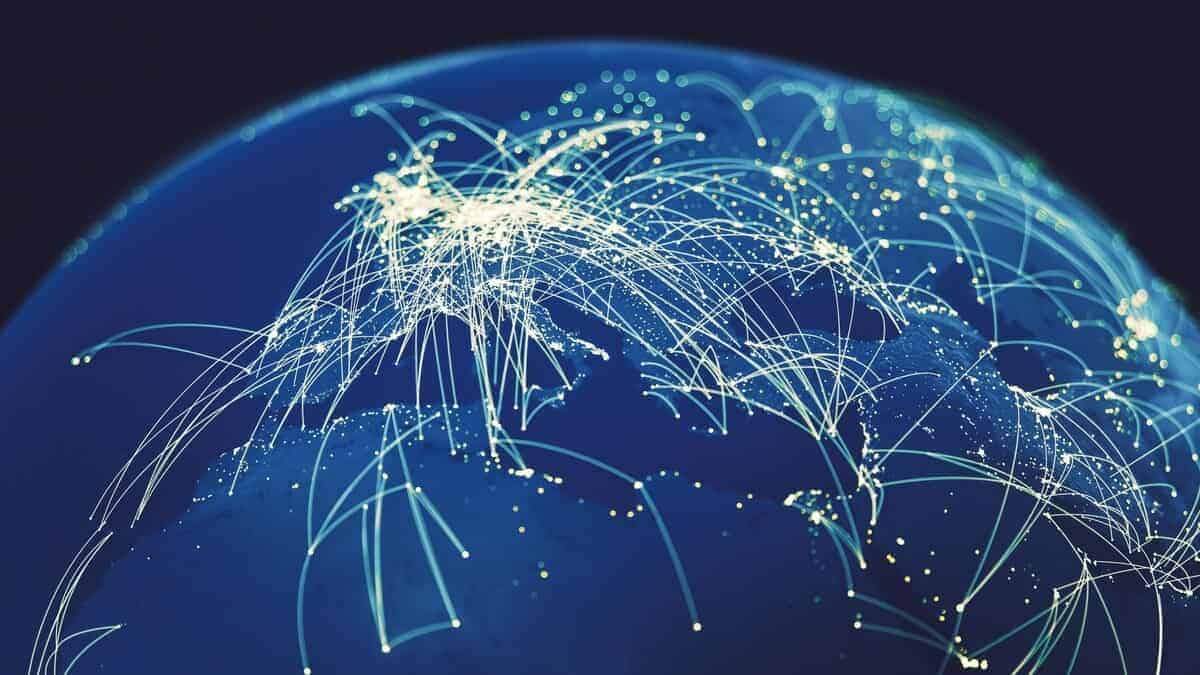Military IT leaders prep for an 'even worse’ second wave of coronavirus

Several high-ranking military IT officials are preparing for a second wave of the coronavirus, and expect the network infrastructure they scrambled to piece together three months ago to remain in place after the pandemic.
“As our country reopens, a large portion of our warfighters will still telework and … is going to be increasingly normal, normalized and new,” said Vice Adm. T.J. White, commander of the Navy’s Fleet Cyber Command. He adding that “we’re going to be spending some time thinking about the ongoing and likely second wave of the COVID infections.”
The telework environment has continued as some states ease coronavirus-related restrictions while others begin to see spikes. But already, several three-star officers from across the services said June 11 they are working to identify potential problems in case a second wave of COVID-19 infections hits later this year.
Vice Adm. Nancy Norton, director of the Defense Information Systems Agency (DISA), which manages several Department of Defense networks, said that a potential second wave of COVID-19 infections would force DISA to continue to operate virtually.
“We’ve already been thinking about what’s required” if there’s a second wave, Norton said on a Joint Service Academy Cybersecurity Conference webinar. “As we’ve been looking at all of the choke points, we continue to look at what is the next choke point. That’s why I say to industry: we need you to be telling us what are your next choke points? What needs to happen? And we continue to go out to all of our components to [ask] what are your next mission requirements in order to enable even more people to telework.”
At the beginning of the pandemic, DISA rushed to get employees mobile technology such as laptops and cell phones, while turning to industry to solve security challenges. In preparation for the second wave, Norton urged industry to anticipate, develop, implement and anticipate “choke points” in the future. She added “this is going to happen again, it will certainly happen if we have a second wave that’s even worse than this one.”
In the early days of the coronavirus, the Defense Department’s CIO office held daily coronavirus meetings with top IT officials from the services in order to manage the IT response as workers headed home. The Pentagon rolled out its Commercial Virtual Remote Environment, a Microsoft Teams environment for remote work. According to Lt. Col. Robert Carver, DoD spokesperson, the CVR environment now has more than 850,000 active users. The military services expanded network capacity, upgraded infrastructure to increase bandwidth and expand virtual private networks.
“This model that we would never have tried [has] now been proven to work,” said Air Force Lt. Gen. Mary O’Brien, deputy chief of staff for Intelligence, Surveillance, Reconnaissance and Cyber Effects Operations. “We’re going to become more comfortable with it and our workforce is going to come to expect it.”
Lt. Gen. Bruce Crawford, Army CIO/G-6, said June 11 that when his team was developing its response plan to the increase in remote capacity, they were careful to build in “as much flexibility to scale as we possibly could” to respond to a changing environment, including a second wave of the virus.
“We don’t know what the next two weeks hold, let alone the next six months of this,” Crawford said.
As of April, the Army has 800,000 remote users on DoD networks and expanded its network capacity 400 percent. According to Crawford, the Army workforce’s needs during telework demonstrated the importance for mobility and enterprise collaboration tools. The service is nearing 400,000 users on its Commercial Virtual Remote Environment.
Because of the duration of telework and the implementation of tools to adjust to it, “we’re at a point where we can’t go back,” Crawford said.
“Our users have seen the invention of the cigarette lighter so we can’t ask them to continue to rub sticks together,” he said.
Photo: Military leaders expect changes to telework will remain - and are prepping in case of a second wave.




